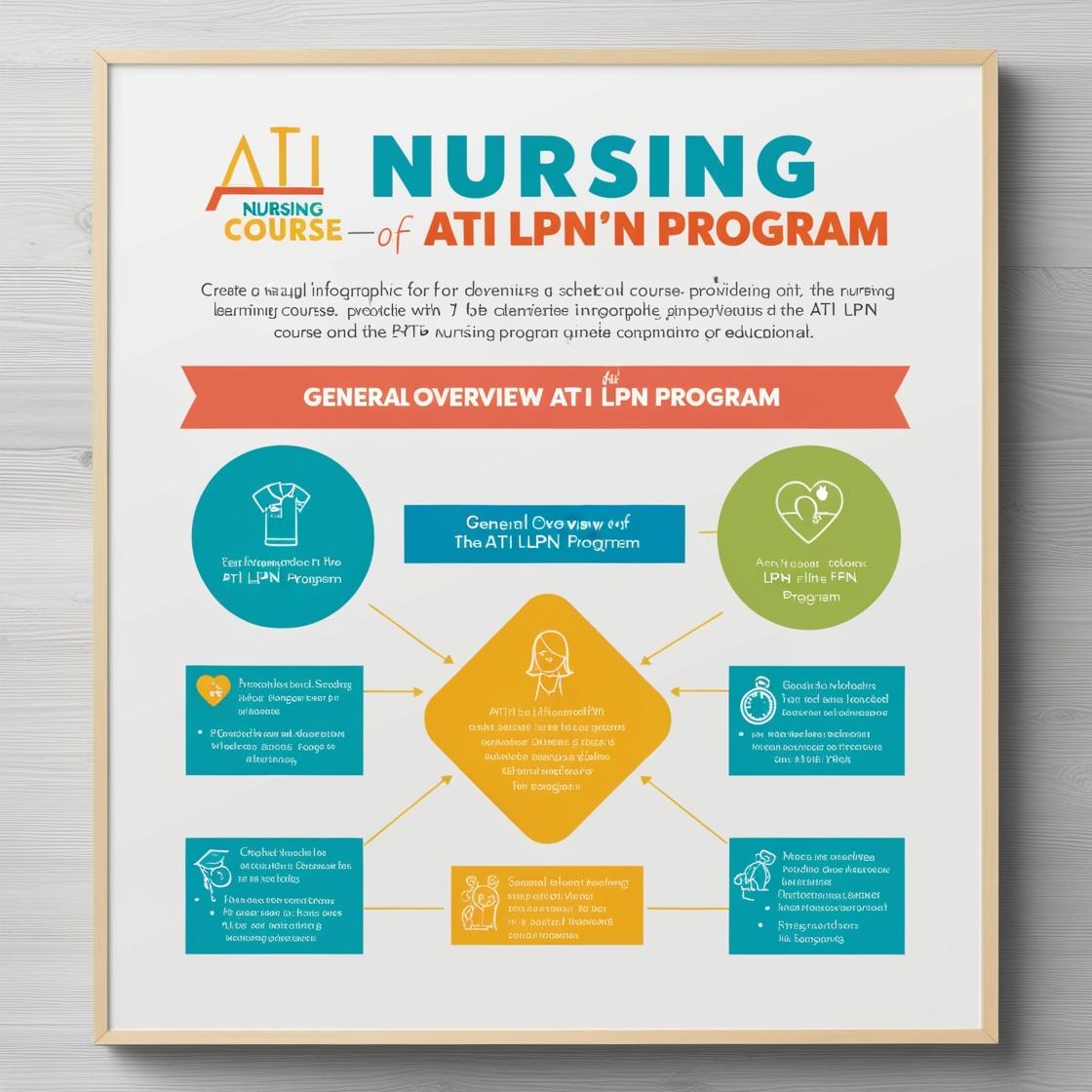LPN LPN
PN ATI Capstone Adult Medical-Surgical 1 Quiz
1. A nurse is assessing a client who has meningitis. The nurse should identify which of the following findings as a positive Kernig’s sign?
- A. After stroking the lateral area of the foot, the client’s toes contract and draw together
- B. After hip flexion, the client is unable to extend their leg completely without pain
- C. The client’s voluntary movement is not coordinated
- D. The client reports pain and stiffness when flexing their neck
Correct answer: B
Rationale: A positive Kernig’s sign is identified when a client is unable to extend their leg completely without pain after hip flexion. This finding indicates meningeal irritation. Choices A, C, and D do not describe Kernig’s sign. Choice A describes a normal plantar reflex, choice C refers to coordination issues, and choice D describes neck pain and stiffness, which are not specific to Kernig’s sign.
2. A nurse is teaching a client about using a continuous positive airway pressure (CPAP) device to treat obstructive sleep apnea. Which of the following information should the nurse include in the teaching?
- A. It delivers a preset amount of inspiratory pressure at the beginning of each breath
- B. It has a continuous adjustment feature that changes the airway pressure throughout the cycle
- C. It delivers a preset amount of airway pressure throughout the breathing cycle
- D. It delivers positive pressure at the end of each breath
Correct answer: C
Rationale: The correct information that the nurse should include in the teaching about a CPAP device is that it delivers a preset amount of airway pressure throughout the breathing cycle. This consistent positive airway pressure helps keep the airway open during both inspiration and expiration. Choice A is incorrect as CPAP does not deliver pressure only at the beginning of each breath. Choice B is incorrect because CPAP provides a constant level of pressure without continuous adjustments throughout the cycle. Choice D is incorrect as CPAP does not provide positive pressure at the end of each breath; instead, it maintains a continuous positive pressure.
3. A client scheduled for an electroencephalogram (EEG) is receiving teaching from a nurse. Which statement by the client indicates an understanding of the teaching?
- A. “I should not wash my hair before the procedure.”
- B. “I will be given a sedative 1 hour before the procedure.”
- C. “I should refrain from eating before the procedure.”
- D. “I will be exposed to flashes of light during the procedure.”
Correct answer: D
Rationale: The correct answer is D. During an electroencephalogram (EEG), flashes of light or patterns are often used to stimulate the brain and provoke responses, helping to assess brain activity and the potential for seizures. Choices A, B, and C are incorrect because washing the hair, receiving a sedative, and refraining from eating are not usually related to EEG procedures and do not reflect understanding of the teaching provided by the nurse.
4. A nurse is caring for a client who is hyperventilating and has the following ABG results: pH 7.50, PaCO2 29 mm Hg, and HCO3- 25 mEq/L. The nurse should recognize that the client has which of the following acid-base imbalances?
- A. Respiratory acidosis
- B. Respiratory alkalosis
- C. Metabolic acidosis
- D. Metabolic alkalosis
Correct answer: B
Rationale: The correct answer is B: Respiratory alkalosis. In this scenario, the client is hyperventilating, leading to excessive elimination of carbon dioxide. As a result, the PaCO2 decreases, causing a decrease in hydrogen ion concentration and an increase in pH, resulting in respiratory alkalosis. Choice A, Respiratory acidosis, is incorrect because the ABG results show a low PaCO2, not an elevated one. Choices C and D, Metabolic acidosis and Metabolic alkalosis, do not align with the ABG results provided, which point towards a respiratory, not metabolic, imbalance.
5. A nurse is assessing a client who has a sodium level of 122 mEq/L. Which of the following findings should the nurse expect?
- A. Decreased deep tendon reflexes
- B. Positive Trousseau’s sign
- C. Hypoactive bowel sounds
- D. Sticky mucous membranes
Correct answer: A
Rationale: A sodium level of 122 mEq/L indicates hyponatremia, which is characterized by decreased deep tendon reflexes. Hyponatremia leads to neurological symptoms such as altered reflexes. Choices B, C, and D are not typically associated with hyponatremia. Positive Trousseau’s sign is related to hypocalcemia, hypoactive bowel sounds can be seen in paralytic ileus or decreased peristalsis, and sticky mucous membranes are not specific findings related to sodium imbalances.
Similar Questions

Access More Features
ATI LPN Basic
$69.99/ 30 days
- 50,000 Questions with answers
- All ATI courses Coverage
- 30 days access @ $69.99
ATI LPN Premium
$149.99/ 90 days
- 50,000 Questions with answers
- All ATI courses Coverage
- 30 days access @ $149.99
